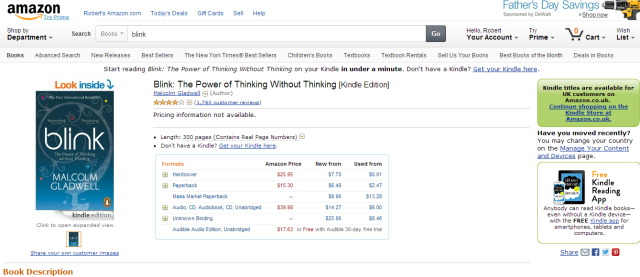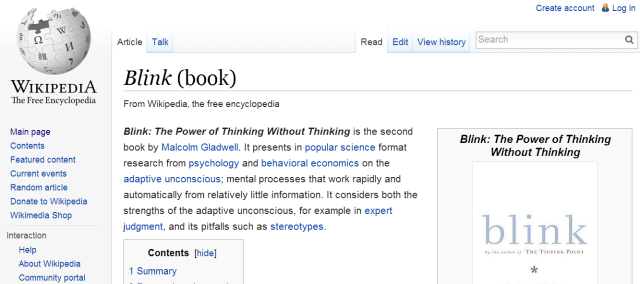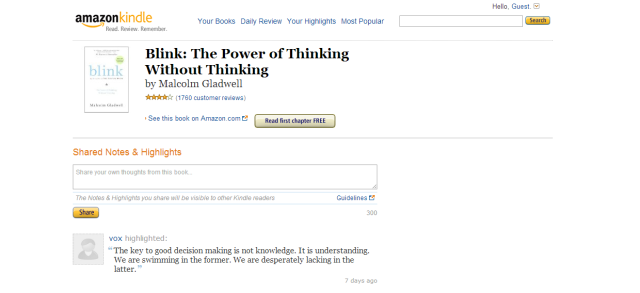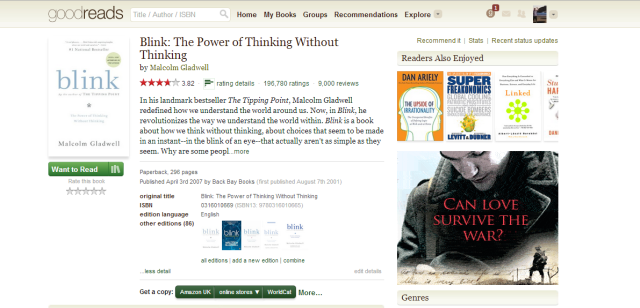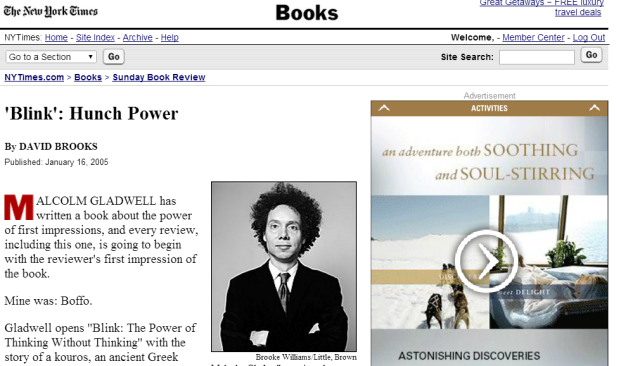If you're like the rest of us, your 'to read' list outstrips what you can ever hope to go through.
Fortunately, there is a method (other than speed reading) that will enable you to sail through that reading list at a pace you never thought possible.
This article will attempt to show how you can understand the main premise, arc and arguments of a non-fiction book without actually having to read it. As I explain, the reading tips are not about avoiding the reading habit.
The techniques mentioned are a form of inspectional reading that can help you understand what a book is all about in the shortest time possible, talk about it with some clarity, and understand if it deserves a deeper read.
Why Would You Want to Skip Reading a Book?
First of all, why doesn't this apply to fiction?
I prefer to read fiction books in their entirety to absorb the voice, subtleties and eloquence that make up the piece. These characteristics are alive and well in many non-fiction books too, but they often are superfluous to getting to the heart of the main arguments of the book (while being necessary for fiction).
With non-fiction, there are some books out there that are massively popular, influential, 'game-changing', and crop up in conversations. Conversations which, having not read the book itself, you would have to sit by idly on the side-lines for, waiting for a change in topic. The amount of knowledge retained after reading a non-fiction book is surprisingly low. The blame here isn't on our inability to focus. It was a problem even Ralph Waldo Emerson suffered from, once saying,
“I can’t remember the books I’ve read any more than the meals I’ve eaten…”.
If you want to understand more about why this is the case, this article from Brevedy [No Longer Available] is a great explanation. Connect this to Pareto's principle (also known as the 80-20 principle). This general 'rule' proposes that 80% of the important stuff can be achieved with just 20% of the material. The other 80% is likely to be fluff, stories to make the data more compelling, smaller points that you'll likely forget, and a whole host of other irrelevant information. And yes, I am aware of the irony — this article could have been shorter!
Along with this is the issue of continuity —
The average adult reads at a rate of 300 words per minute. With the average non-fiction book containing between 80,000-100,000 words, it takes approximately five hours to read. These five hours are generally spread over one or two weeks sacrificing context and continuity resulting in decreased retention. (Brevedy)
So, why not skip that 80% and focus on finding the important 20%, and devouring it all in one go? By doing this, you'll have as much knowledge (if not more) of the book that's up for discussion than those who've read it (especially if they read it a while ago).
Of course, how well this method works depends on the type of non-fiction book you're reading.
If you're trying to work through a selection of essays, a book which deals with a large number of separate issues, or which is incredibly dense, then tackling the book head-on may be best. But for the rest (especially popular science, politics etc), this method works well.
Understand the Overview
Select the non-fiction book you want to read. As an example, I've chosen Blink: The Power of Thinking Without Thinking by Malcolm Gladwell, a book I've heard mentioned in conversations many times. Head over to Amazon, and read the book description so you can get a very general overview of what it's about. (In this case, this took less than 2 minutes)
Understand the Premise and Arc
Next, you'll want to dive a little deeper, figuring out exactly what the main arguments are within the book, and hopefully the overall arc of how those arguments play out. Wikipedia is the best option for this, but if you find the Wikipedia article is almost as long as the book itself, you'll have to use your discretion about which sections to read.
Total time spent on the Blink Wikipedia page: 7 minutes
Understanding the Style
It may be tempting now to think you've got the gist of what the book's about and leave it at that, but with this scanty amount of information, you'll likely forget all about it by tomorrow. Plus, there's still plenty about the book you don't know. One of the most important points which you should understand is the actual style of writing that's used.
One option (it can be time consuming and also requires you to read some of the unnecessary 80%) is to click the 'Look Inside' button on the Amazon page, and read 5-10 pages of the book so you can understand a little more about how the author thinks and writes.
The other option is to search for, and read, some of the highlighted sections of the book over on the Kindle Store. With the more popular books, these are usually sections of text that are crucial to the argument, or which show the kind of rhetoric that's being used — whether it's technical, preachy, aimed at the layperson etc. (In the case of Blink, there weren't many highlighted quotes on the Kindle site, so I also spent a few minutes skim reading a couple of pages on the 'Look Inside' feature on Amazon).
Total time spent: 8 minutes
Expanding Your Critical Knowledge
Up to this point, we only understand the book on a basic level. To get to know the book in far more detail, you should head over to its Goodreads page, scroll down to the reader reviews (these are of higher quality than Amazon reviews), and spend 10-15 minutes reading reviews that are two, three or four star.
Newbies can look into our unofficial guide to Goodreads.
One star reviews tend to be overly negative, giving an unfair assessment. Five star reviews are the opposite, often written by dedicated followers or disciples that are less likely to give you any valuable insight into the book itself. This should help you to see which issues people keep having with the text, what they liked about it, and what was missing.
Total time spent: I spent 13 minutes reading reviews, at which point many of the issues were starting to be repeated
Sum Everything Up
To make sure you've grasped the main points and arguments from within, for, and against the book, head over to a more literary video or written review (i.e. New York Times). When reading this review (feel free to read more than one), you should be able to pick up on a lot of what the reviewer is saying. You should understand the negatives and positives that are addressed, while also looking at further references that were unlikely to have come up in the previous steps.
Total time spent: I spent 15 minutes reading the New York Times review on Blink.
To give you an idea of the time saved, Blink is a 300 page book. At the rate I currently read, it would have taken me a few sittings over three or four days to get through. During this time, I would have absorbed only a fraction of the information consumed. By using the method above, I spent exactly 45 minutes learning about this book. This includes what it's about, the arguments it presents, style, the pros and cons, and what other experts and readers thought. In some sense, I will likely know more than someone who read only the book, and stopped there.
As a counter, I will of course have missed some points along the way. But for a saving of at least 6 hours or so? That's a sacrifice that's not too difficult to swallow.
What do you think? Is this a method you think you would use to understand non-fiction books much faster than reading them, or would you rather set aside the time to read them in their entirety? Let me know in the comments!
Image Credit: Sunny Reading by Pedro Simoes, via Flickr



